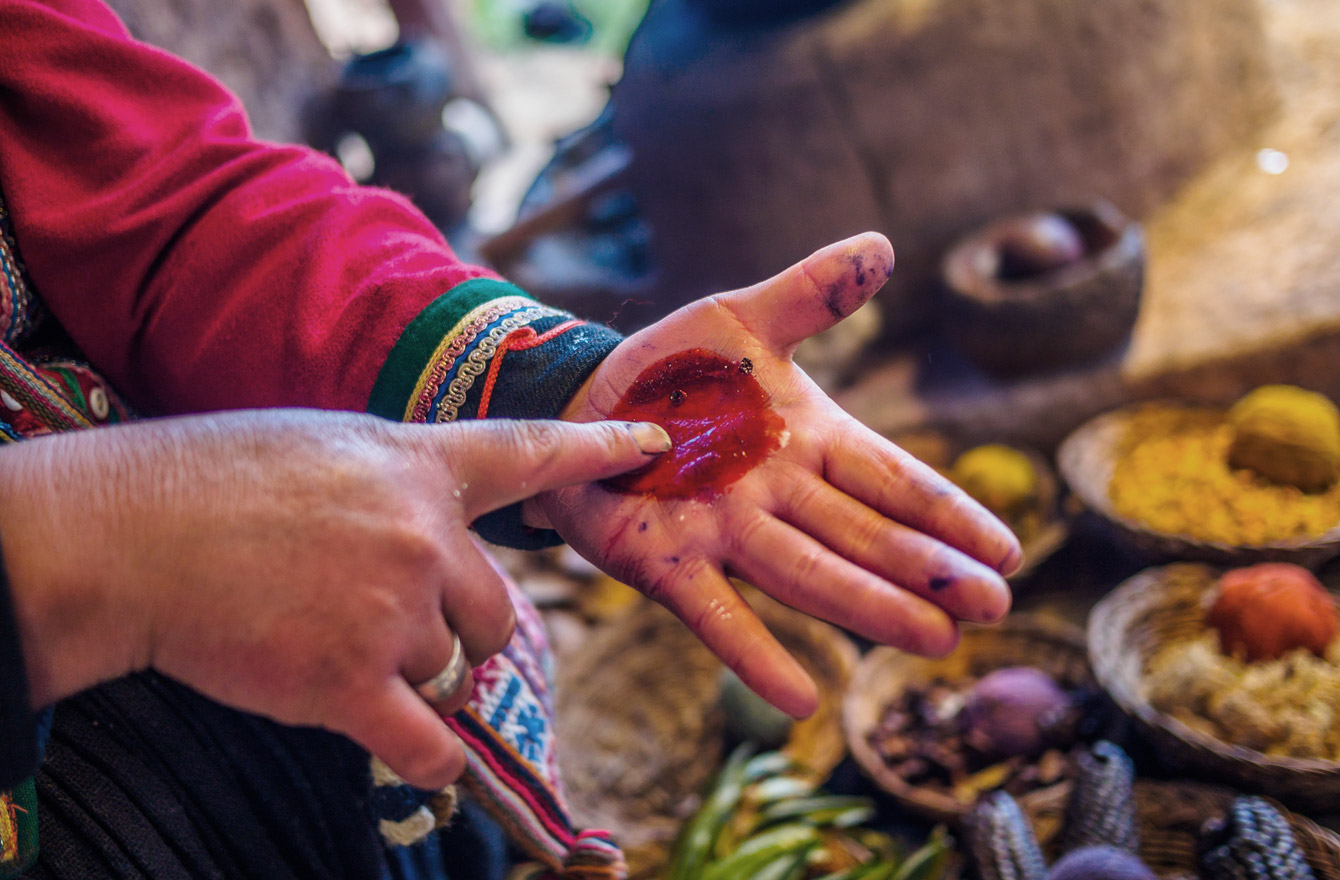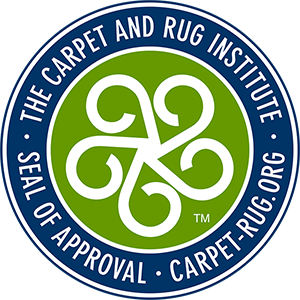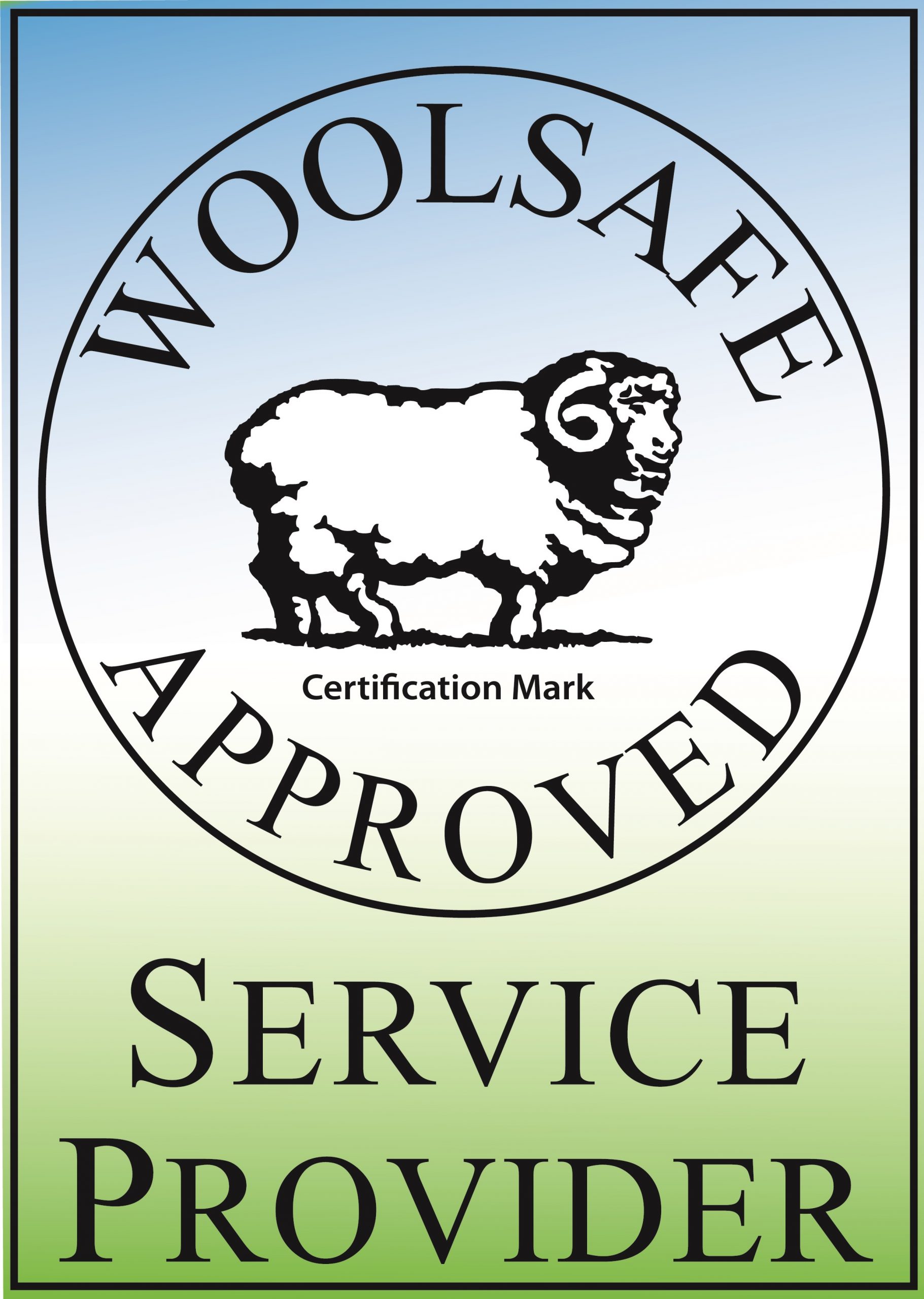
Oriental Rug Colors And How They’re Made
What Do The Colors In My Oriental or Persian Rug Mean?
From carpets to curtains, we all consider the hues of our furnishings for their capacity to help create a particular ambiance in our homes. Whether it be blue for a tranquil atmosphere or yellow for a bright and cheery feeling, colors can make all the difference when crafting an ideal room setting. Persian and Oriental rug makers have known this since ancient times- utilizing dyed fabrics beyond decoration but as meaningful expressions of emotion that could evoke feelings from viewers.
Color choices in Oriental and Persian area rugs are carefully selected to communicate a specific message, and each hue communicates a unique significance. Let’s take a closer look at some of the most frequently employed colors found within these stunning works of art:
Red
Red is a hue of immense dynamism that radiates joy and courage and can evoke a passionate life force. Weavers have long recognized its potency in drawing attention to patterns or motifs they desired to emphasize; as such they frequently used it with abundance in their weaving.
Brown
Brown, featured prominently in traditional Oriental and Persian rugs, symbolizes the land and fertility. This hue has come to be regarded as a sign of prosperity throughout centuries.
Green
For the Persians, particularly those who practice orthodox Islam, green is an especially sacred hue due to its connection with Prophet Mohammed. As such, weavers only sparingly utilize this color for sections of rugs that wouldn’t be stepped on as much- like corners and sides. Green represents many positive qualities, from hope and Springtime renewal to a bright reminder of life’s possibilities.
Yellow
The exuberant yellow in Oriental and Persian rugs symbolizes the sun, embodying delight and encouraging an appreciation for life. Through intricate weavings, they bring joy to living with their vivid tones.
Orange
The use of the vibrant hue orange adds an aura of humility or piety to their design.
Blue
Blue evokes a feeling of might, truthfulness, and isolation while alluding to the spiritual realm. Blue is symbolic of power and strength.
Gold
Gleaming gold has been utilized in Oriental and Persian rugs for centuries to symbolize power, grandeur, and riches. It is sparingly used in these unique textiles to represent their exclusivity; they are often created solely for rulers or royalty.
White
The color white displayed in Oriental and Persian rugs holds a unique symbolism, as it’s often associated with purity of the soul, innocence, altruism, cleanliness, and tranquillity.
Black
Using black in Oriental and Persian rugs often symbolizes doom and destruction. Rug weavers usually don’t incorporate massive amounts of it into their overall designs or the rug field itself. Still, they prefer this dark hue to create outlines or borders that will help define specific patterns.
Where Do The Dye’s Used In Oriental and Persian Rugs Come From?
The stunning dyes used in weaving traditional oriental rugs are all derived from natural sources. The nomadic tribes who were the first weavers of these carpets drew their colors from various local plants and insects, creating unique hues that have stood the test of time.
To create a plethora of shades and hues, locals in the region draw upon natural resources found around them:
Green is made by boiling various leaves.
Browns are derived from oak bark and walnut fruit.
Yellow comes from ox-eye camomile flowers or pomegranate skins while red originates from roots of Madder plants or crushed bodies belonging to certain bugs. To achieve the unmistakable shade of blue, however, local artisans resort to Dyer’s Woad Blue plant which brings forth indigo – one of the most popular blues known to man.
Rug weaving often called for dyes that were easy to acquire and extract, allowing them to be utilized in copious amounts. On the contrary, specific dye sources were not as abundant; thus making them expensive and limiting their use. Those particular colors would only be sparingly found throughout a rug’s design.
Our resident expert and appraiser wrote this blog to help clients and readers learn more about their cherished area rugs and the significance of colors used to weave the work of art.
Oriental Rug Salon is a Certified Partner with the prestigious Institute of Inspection, Cleaning and Restoration Certification (IICRC) and the International Carpet & Rug Institute (CRI). We are a WoolSafe Approved Service Provider. Our expertise is relied upon by rug collectors, interior designers, rug retailers, and owners of wool and silk area rugs throughout the United States.
Oriental Rug Salon specializes in the cleaning, repair, and restoration of Oriental, Persian, Turkish, and all other wool and silk area rugs. We offer in-person and online appraisal services as well as secure storage of area rugs.
For more information about Oriental Rug Salon and the services we offer, please visit us online at https://orientalrugsalon.com/ or call us anytime at 239-424-8171. You can also visit us on Facebook at https://www.facebook.com/OrientalRugSalon/



